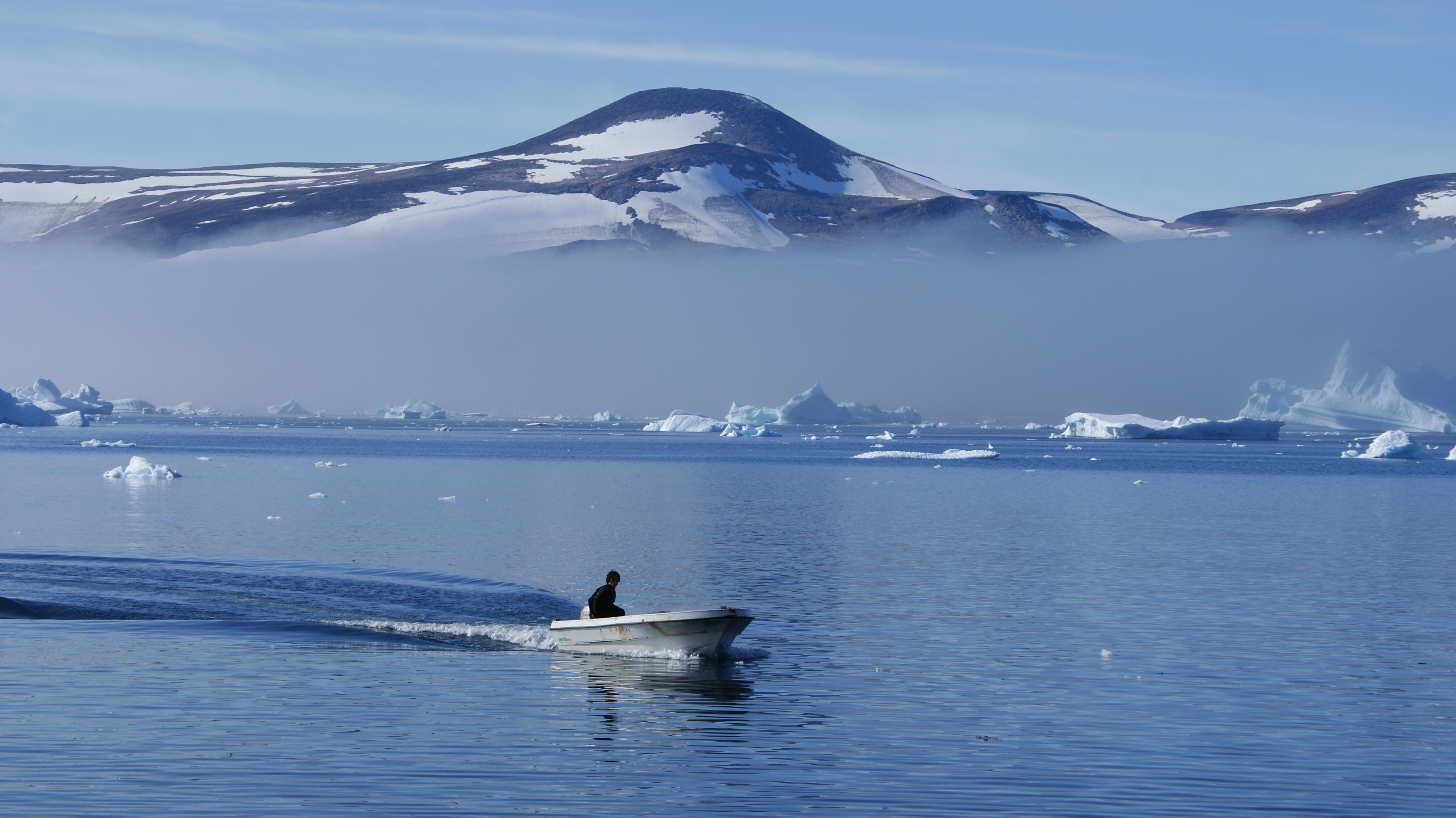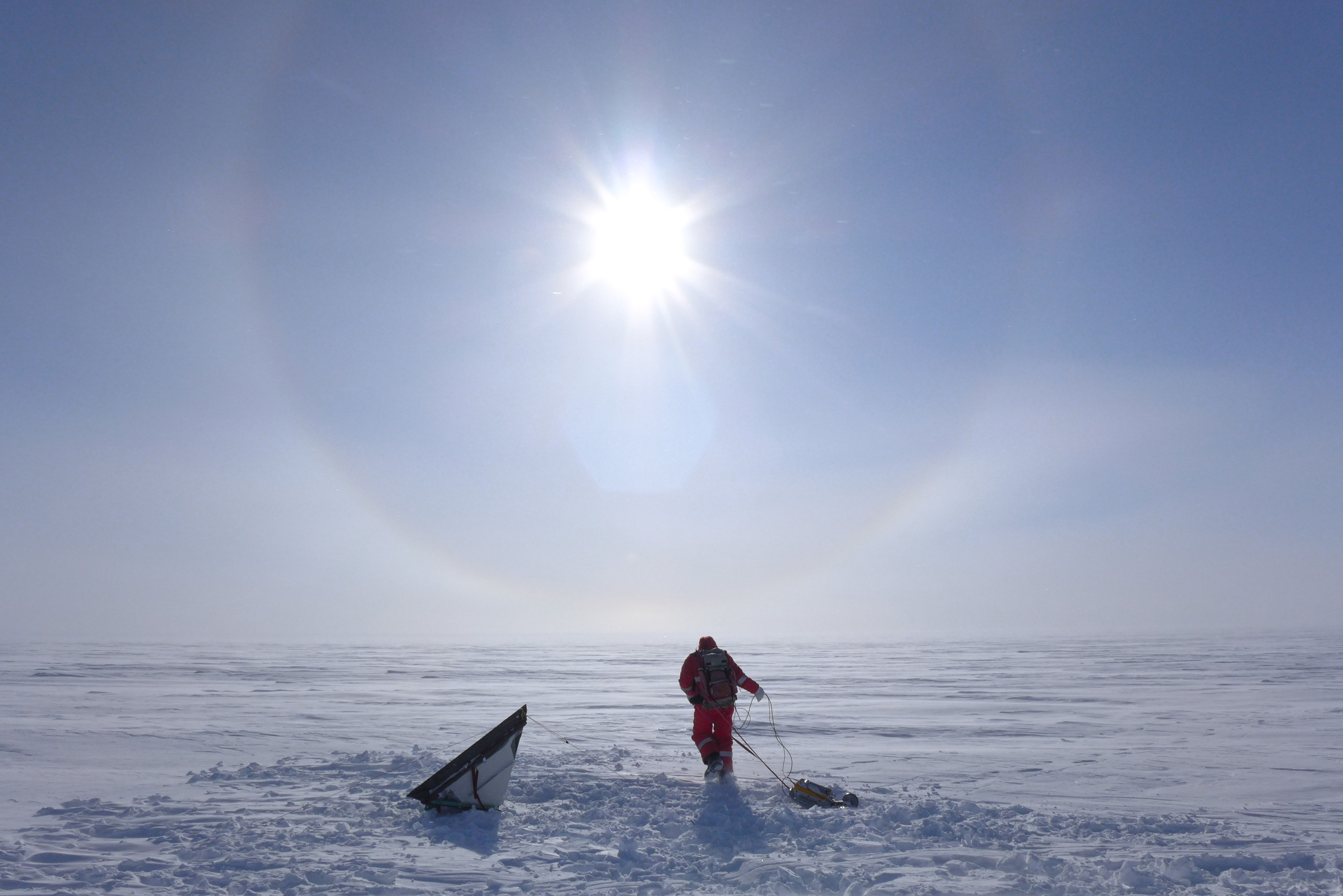|
Wandel Land
Wandel Land is a nunatak ( kl, nunataq) in Avannaata municipality in northwestern Greenland. It is one of several nunataks in the Melville Bay region of Greenland, where the Greenland ice sheet ( kl, Sermersuaq) drains into the bay alongside its entire length apart from an occasional nunatak.''Upernavik Avannarleq'', Saga Map, Tage Schjøtt, 1992''Qimmsseriarsuaq'', Saga Map, Tage Schjøtt, 1992 This nunatak is named after Danish polar explorer and hydrographer, Vice Admiral Carl Frederick Wandel (1843-1930). Geography Wandel Land is located on the mainland of Greenland in the northernmost part of Upernavik Archipelago. To the north, Greenland ice sheet drains into Alison Bay via Nunatakassaup Sermia glacier. To the southwest, the nunatak is bounded by the iceberg-choked Alison Bay, while a small inlet of the latter, ''Iterlassuaq'', separates Wandel Land from another, smaller nunatak in the southeast. Alison Bay separates Wandel Land from a large Kiatassuaq Island Kia ... [...More Info...] [...Related Items...] OR: [Wikipedia] [Google] [Baidu] |
Nunatak
A nunatak (from Inuit ''nunataq'') is the summit or ridge of a mountain that protrudes from an ice field or glacier that otherwise covers most of the mountain or ridge. They are also called glacial islands. Examples are natural pyramidal peaks. When rounded by glacial action, smaller rock promontories may be referred to as rognons. The word is of Greenlandic origin and has been used in English since the 1870s. Description The term is typically used in areas where a permanent ice sheet is present and the nunataks protrude above the sheet.J. J. Zeeberg, ''Climate and Glacial History of the Novaya Zemlya Archipelago, Russian Arctic''. pp. 82–84 Nunataks present readily identifiable landmark reference points in glaciers or ice caps and are often named. While some nunataks are isolated, sometimes they form dense clusters, such as Queen Louise Land in Greenland. Nunataks are generally angular and jagged, which hampers the formation of glacial ice on their tops, although snow can a ... [...More Info...] [...Related Items...] OR: [Wikipedia] [Google] [Baidu] |
Avannaata
Avannaata (, da, Det Nordlige, lit=The Northern) is a municipality of Greenland created on 1 January 2018 from the bulk of the former Qaasuitsup municipality. It encompasses an area of 522,700 km2 and has 10,726 inhabitants. Geography In the south, Avannaata is flanked by the Qeqertalik municipality. In the southeast, it is bordered by the Sermersooq municipality, however this border runs north–south ( 45° West meridian) through the center of the Greenland ice sheet ( kl, Sermersuaq), and as such is free of traffic. In the east and northeast it is bordered by the Northeast Greenland National Park. At the southern end of the municipal coastline are the waters of Disko Bay, although some Disko Bay communities belong to the municipality of Qeqertalik. This bay is an inlet of the larger Baffin Bay, which to the north edges into the island of Greenland in the form of Melville Bay. The coastline of northeastern Baffin Bay is dotted with islands of the Upernavik Archipela ... [...More Info...] [...Related Items...] OR: [Wikipedia] [Google] [Baidu] |
Greenland
Greenland ( kl, Kalaallit Nunaat, ; da, Grønland, ) is an island country in North America that is part of the Kingdom of Denmark. It is located between the Arctic and Atlantic oceans, east of the Canadian Arctic Archipelago. Greenland is the world's largest island. It is one of three constituent countries that form the Kingdom of Denmark, along with Denmark and the Faroe Islands; the citizens of these countries are all citizens of Denmark and the European Union. Greenland's capital is Nuuk. Though a part of the continent of North America, Greenland has been politically and culturally associated with Europe (specifically Norway and Denmark, the colonial powers) for more than a millennium, beginning in 986.The Fate of Greenland's Vikings , by Dale Mackenzie Brown, ''Archaeological Institute of America'', ... [...More Info...] [...Related Items...] OR: [Wikipedia] [Google] [Baidu] |
Melville Bay
Melville Bay ( kl, Qimusseriarsuaq; da, Melville Bugt), is a large bay off the coast of northwestern Greenland. Located to the north of the Upernavik Archipelago, it opens to the south-west into Baffin Bay. Its Kalaallisut name, ''Qimusseriarsuaq'', means "the great dog sledding place". The bay was named after Robert Dundas, 2nd Viscount Melville, (1771 - 1851) head of the Admiralty. Geography Melville Bay is delimited by Cape York in the northeast and Wilcox Head, the western promontory on Kiatassuaq Island in the south.''Upernavik Avannarleq'', Saga Map, Tage Schjøtt, 1992 Some islands of the Upernavik Archipelago are in the Melville Bay area, such as Kiatassuaq Island, Kullorsuaq Island, Saarlia Island and Saqqarlersuaq Island. Melville Bay is free of fast ice between mid August and the end of September on average. Navigation is dangerous as there are numerous icebergs in the bay throughout the year.''Prostar Sailing Directions 2005 Greenland and Iceland Enroute,'' p. 8 ... [...More Info...] [...Related Items...] OR: [Wikipedia] [Google] [Baidu] |
Greenland Ice Sheet
The Greenland ice sheet ( da, Grønlands indlandsis, kl, Sermersuaq) is a vast body of ice covering , roughly near 80% of the surface of Greenland. It is sometimes referred to as an ice cap, or under the term ''inland ice'', or its Danish equivalent, ''indlandsis''. An acronym, GIS, is frequently used in the scientific literature. It is the second largest ice body in the world, after the Antarctic ice sheet. The ice sheet is almost long in a north–south direction, and its greatest width is at a latitude of 77°N, near its northern margin. The average thickness is about and over at its thickest point. In addition to the large ice sheet, smaller ice caps (such as Maniitsoq and Flade Isblink) as well as glaciers, cover between around the periphery. The Greenland ice sheet is adversely affected by climate change. It is more vulnerable to climate change than the Antarctic ice sheet because of its position in the Arctic, where it is subject to the regional amplification o ... [...More Info...] [...Related Items...] OR: [Wikipedia] [Google] [Baidu] |
Polar Explorer
This list is for recognised pioneering explorers of the polar regions. It does not include subsequent travelers and expeditions. Polar explorers * Jameson Adams * Stian Aker * Valerian Albanov * Roald Amundsen * Salomon August Andrée * Piotr Fyodorovich Anjou * Henryk Arctowski * Josée Auclair * Mikhail Babushkin * Konstantin Badygin * Karl Baer * Georgiy Baidukov * Ann Bancroft * Willem Barents * Michael Barne * Robert Bartlett (explorer), Robert Bartlett * Nikifor Begichev * Fabian von Bellingshausen * Robert Mallory Berry, Robert M. Berry * Edward W. Bingham * Olav Bjaaland * Alfred Björling * Carsten Borchgrevink * Jon Bowermaster * Henry Robertson Bowers * Louise Arner Boyd * Edward Bransfield * Philip Brocklehurst * William Speirs Bruce * Georgy Brusilov * Daniel Byles * Richard Evelyn Byrd * Todd Carmichael * Umberto Cagni * Jacques Cartier * Jean-Baptiste Charcot * Semion Chelyuskin * Apsley Cherry-Garrard * Vasili Chichagov * Valery Chkalov * Jeremy Clarkson * George ... [...More Info...] [...Related Items...] OR: [Wikipedia] [Google] [Baidu] |
Carl Frederick Wandel
Carl Frederik Wandel (15 August 1843 – 21 April 1930) was a Danish naval officer and polar explorer. He was largely involved in hydrographic work. Wandel became an officer of the Danish Navy in 1863, rising to the rank of captain in 1892, of Rear Admiral in 1899 and Vice Admiral in 1905. He retired from active service in 1911. Career In 1864 Wandel served in the schooner in the Baltic Sea and in 1865-67 he took part in a French expedition to Mexico. In 1876-78 he was put in charge of the mail ship to Iceland and in 1880 he participated in a US oceanographic survey expedition. In 1881-86 he was Head of the Marine Ministry Secretariat, 1886-88 head of maritime surveys in Danish waters and in 1889-98 director of the Chart-archive. In 1890 Wandel was appointed chairman of the commission for the survey of Danish waters and in 1895 chairman of the commission for geological and geographical studies in Greenland. In the period of 1901-08 he became an official in the Defence Commissio ... [...More Info...] [...Related Items...] OR: [Wikipedia] [Google] [Baidu] |
Upernavik Archipelago
Upernavik Archipelago is a vast coastal archipelago in the Avannaata municipality in northwestern Greenland, off the shores of northeastern Baffin Bay. The archipelago extends from the northwestern coast of Sigguup Nunaa peninsula in the south at approximately Nunavik, Saga Map, 1:250.000, Tage Schjøtt, 1992 to the southern end of Melville Bay ( kl, Qimusseriarsuaq) in the north at approximately .Upernavik Avannarleq, Saga Map, 1:250.000, Tage Schjøtt, 1992 History The archipelago belongs to the earliest-settled areas of Greenland, the first migrants arriving approximately 2,000 BCE. All southbound migrations of the Inuit passed through the area, leaving behind a trail of archeological sites. The early Saqqaq culture diminished in importance around 1,000 BCE, followed by the migrants of Dorset culture, who spread alongside the coast of Baffin Bay, being in turn displaced by the Thule people in the 13th and 14th centuries. The area has been continuously inhabited since then. ... [...More Info...] [...Related Items...] OR: [Wikipedia] [Google] [Baidu] |
Alison Bay
Alison Bay ( kl, Kullorsuup Kangerlua) is a bay in Avannaata municipality in northwestern Greenland. The bay is a tributary bay of Melville Bay, and is located in the northern part of Upernavik Archipelago, between Kiatassuaq Island in the southwest and the mainland of Greenland in the northeast. Geography Alison bay is long. Part of the southern Melville Bay region, the bay is frozen for most of the year. In the northeast, it is bounded by the Wandel Land nunatak, culminating in an unnamed peak. Iterlassuaq, a small indentation of the bay separates Wandel Land in the north from Qaqqasungnarsuaq − another, smaller nunatak, culminating in an unnamed peak.''Upernavik Avannarleq'', Saga Map, Tage Schjøtt, 1992 A small unnamed glacier tongue of Greenland ice sheet drains the latter into the innermost part of the bay, east of the opening of the Ikerasaa Strait. The strait flows west-south-westward between Kiatassuaq Island in the north, and Sanningassorsuaq Peninsula San ... [...More Info...] [...Related Items...] OR: [Wikipedia] [Google] [Baidu] |
Nunatakassaup Sermia
Nunatakassaup Sermia (old spelling: ''Nunatakavsaup Sermia'') is a tidewater glacier in Avannaata municipality on the northwestern shore of Greenland. It drains the Greenland ice sheet westwards into Melville Bay.''Upernavik Avannarleq'', Saga Map, Tage Schjøtt, 1992 The glacier front is located between the Nunatakassak nunatak in the north, and the Wandel Land Wandel Land is a nunatak ( kl, nunataq) in Avannaata municipality in northwestern Greenland. It is one of several nunataks in the Melville Bay region of Greenland, where the Greenland ice sheet ( kl, Sermersuaq) drains into the bay alongside i ... nunatak in the south. References Melville Bay Glaciers of the Upernavik Archipelago {{Greenland-geo-stub ... [...More Info...] [...Related Items...] OR: [Wikipedia] [Google] [Baidu] |
Glacier
A glacier (; ) is a persistent body of dense ice that is constantly moving under its own weight. A glacier forms where the accumulation of snow exceeds its Ablation#Glaciology, ablation over many years, often Century, centuries. It acquires distinguishing features, such as Crevasse, crevasses and Serac, seracs, as it slowly flows and deforms under stresses induced by its weight. As it moves, it abrades rock and debris from its substrate to create landforms such as cirques, moraines, or fjords. Although a glacier may flow into a body of water, it forms only on land and is distinct from the much thinner sea ice and lake ice that form on the surface of bodies of water. On Earth, 99% of glacial ice is contained within vast ice sheets (also known as "continental glaciers") in the polar regions, but glaciers may be found in mountain ranges on every continent other than the Australian mainland, including Oceania's high-latitude oceanic island countries such as New Zealand. Between lati ... [...More Info...] [...Related Items...] OR: [Wikipedia] [Google] [Baidu] |




_(20212163203).jpg)
